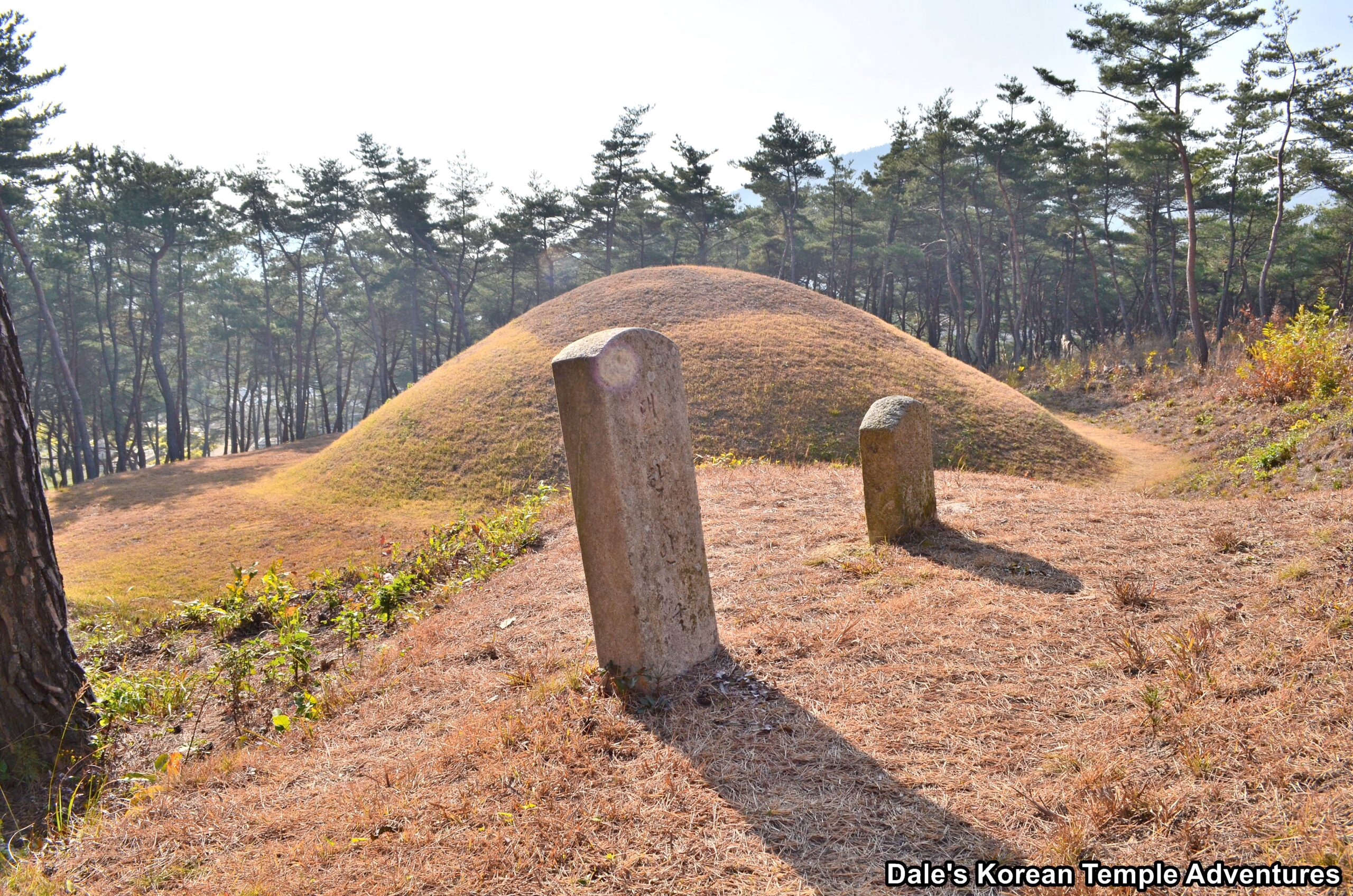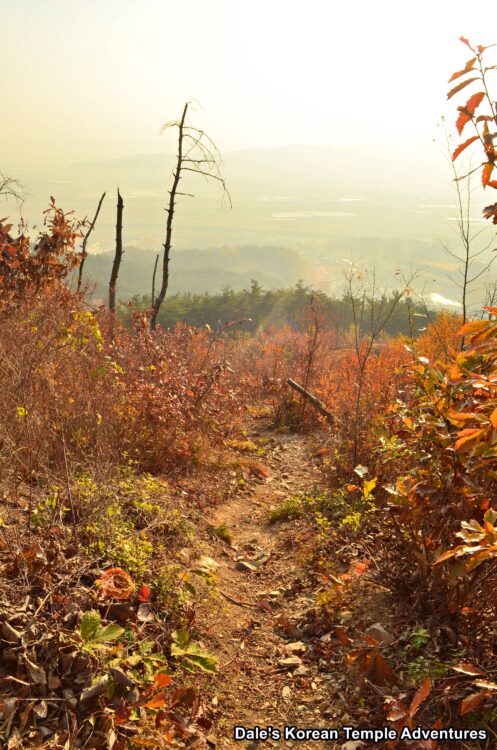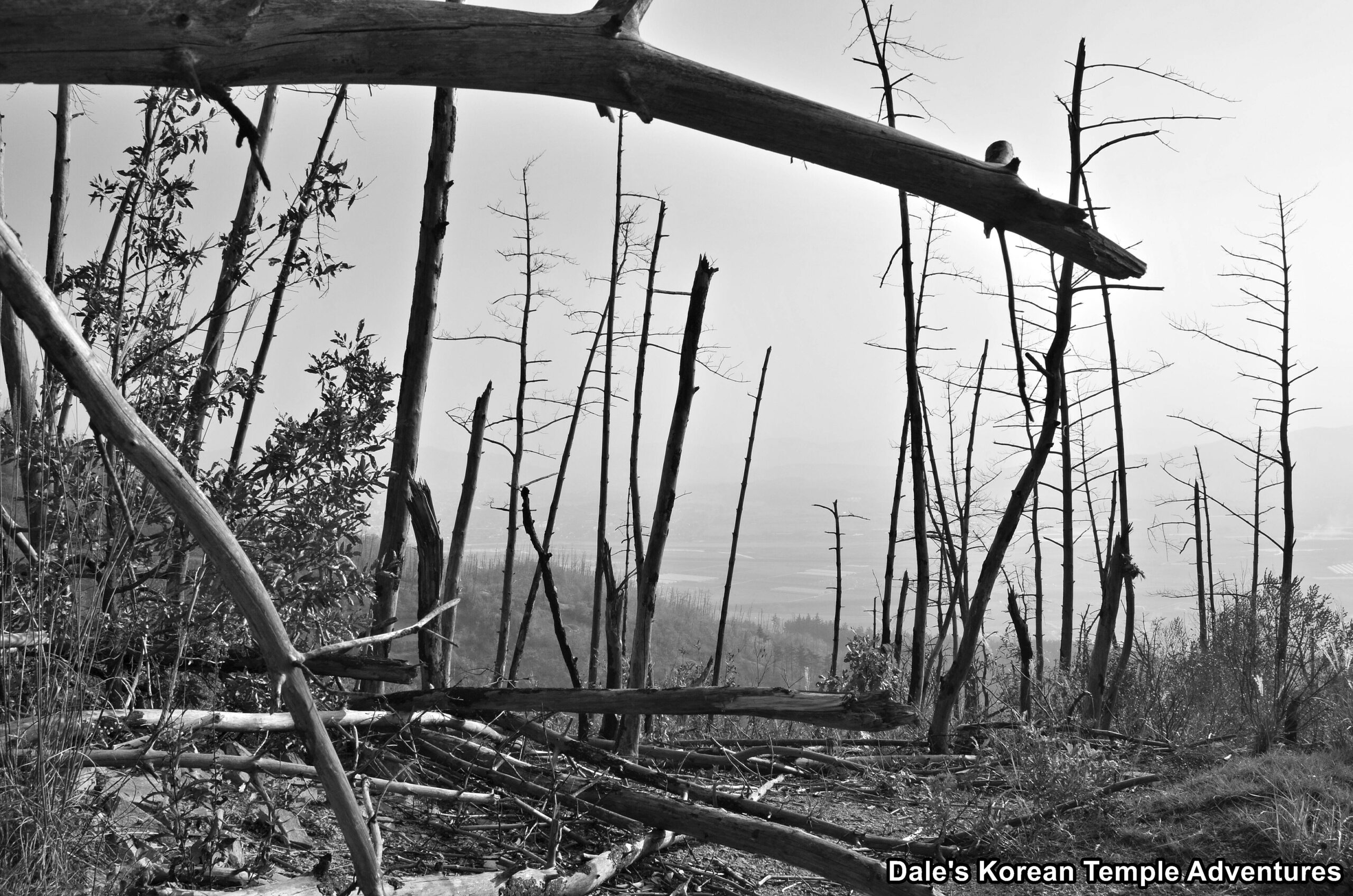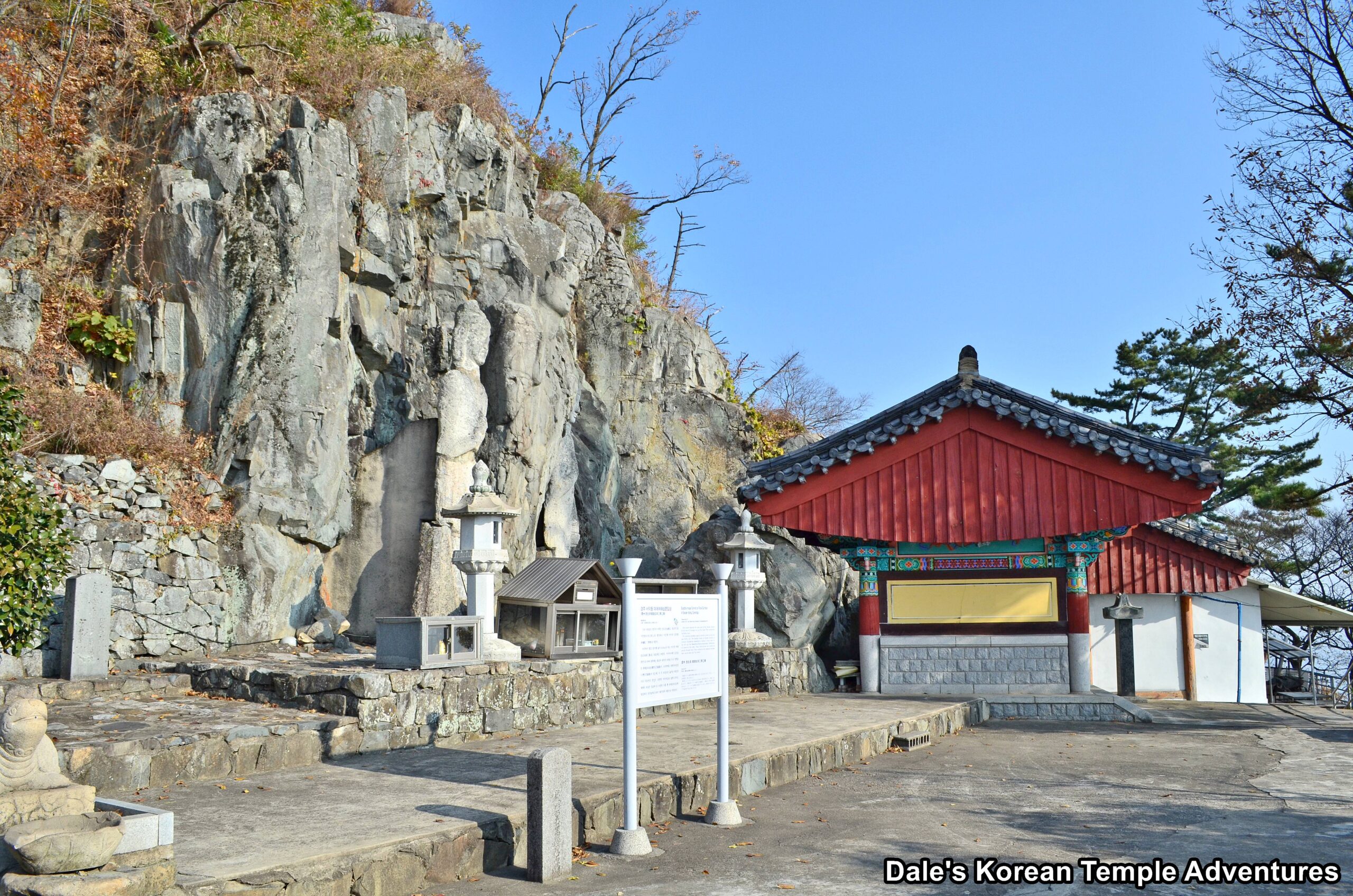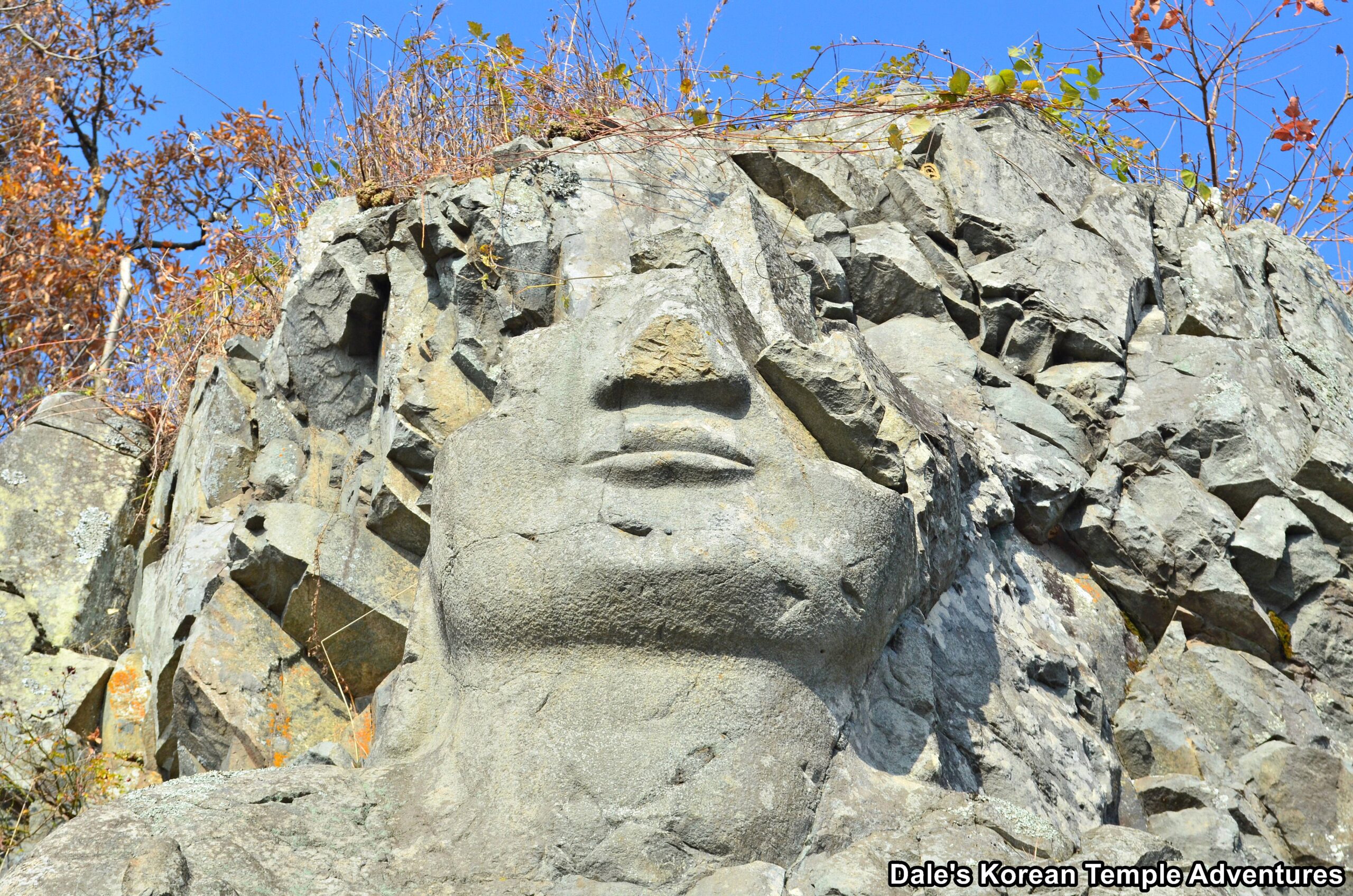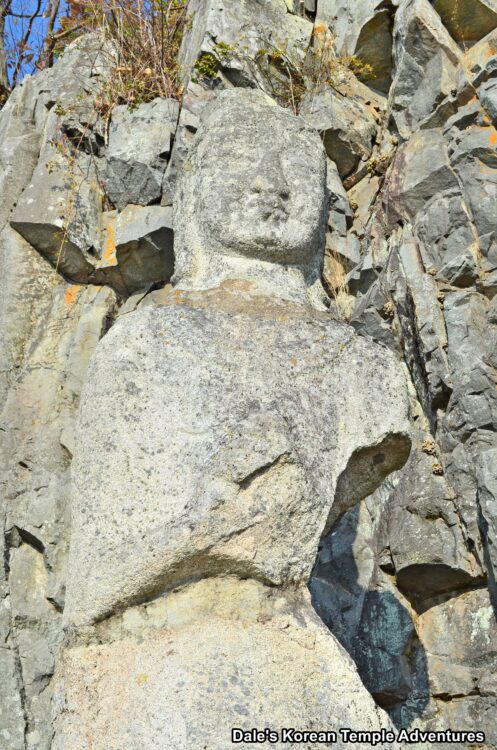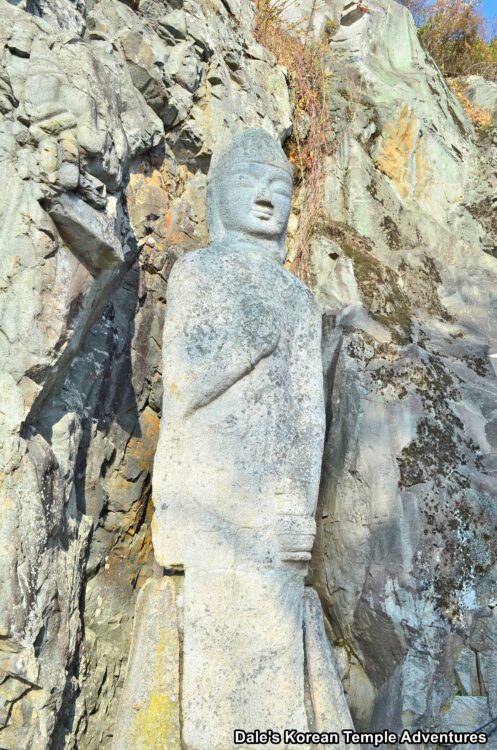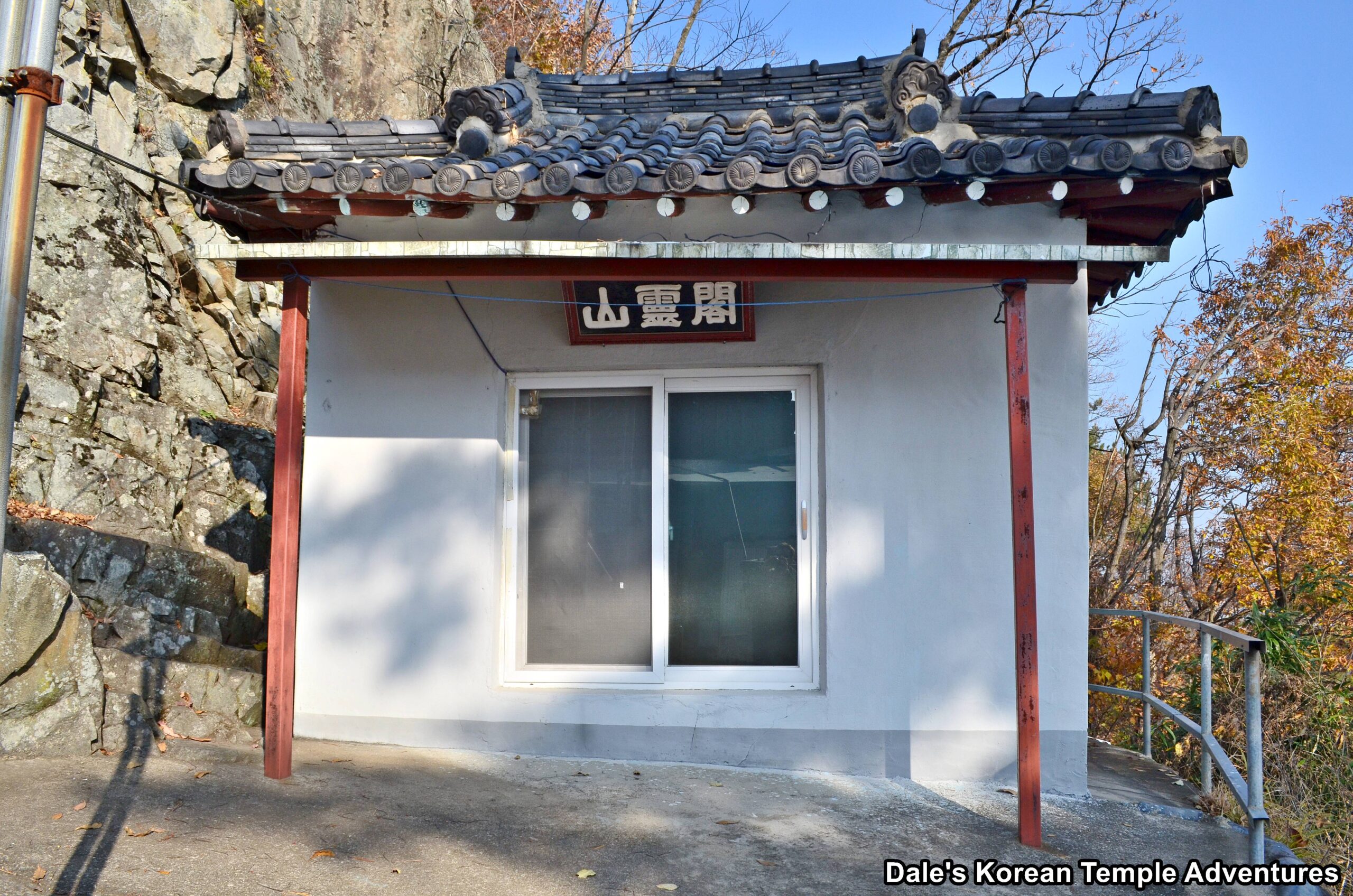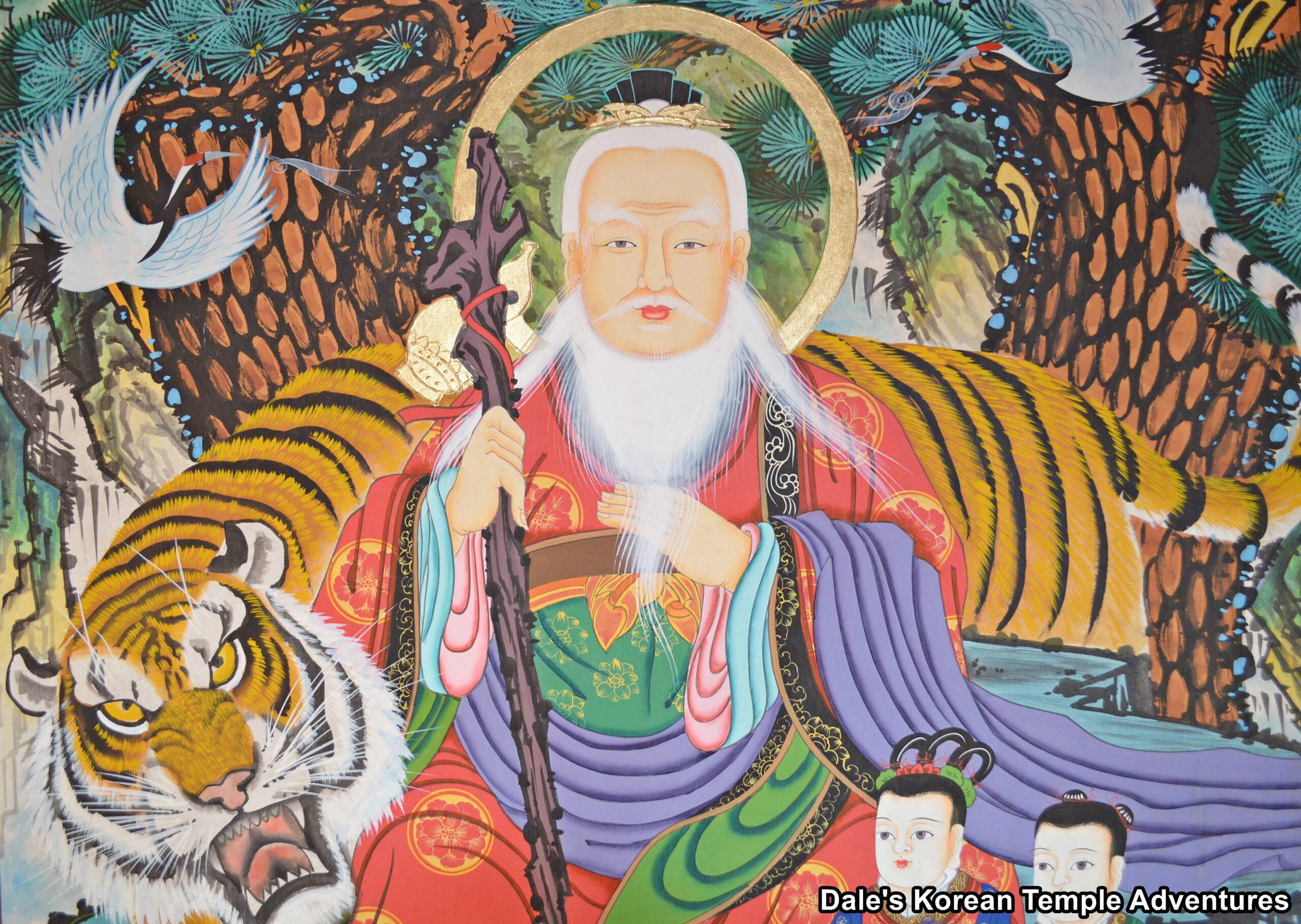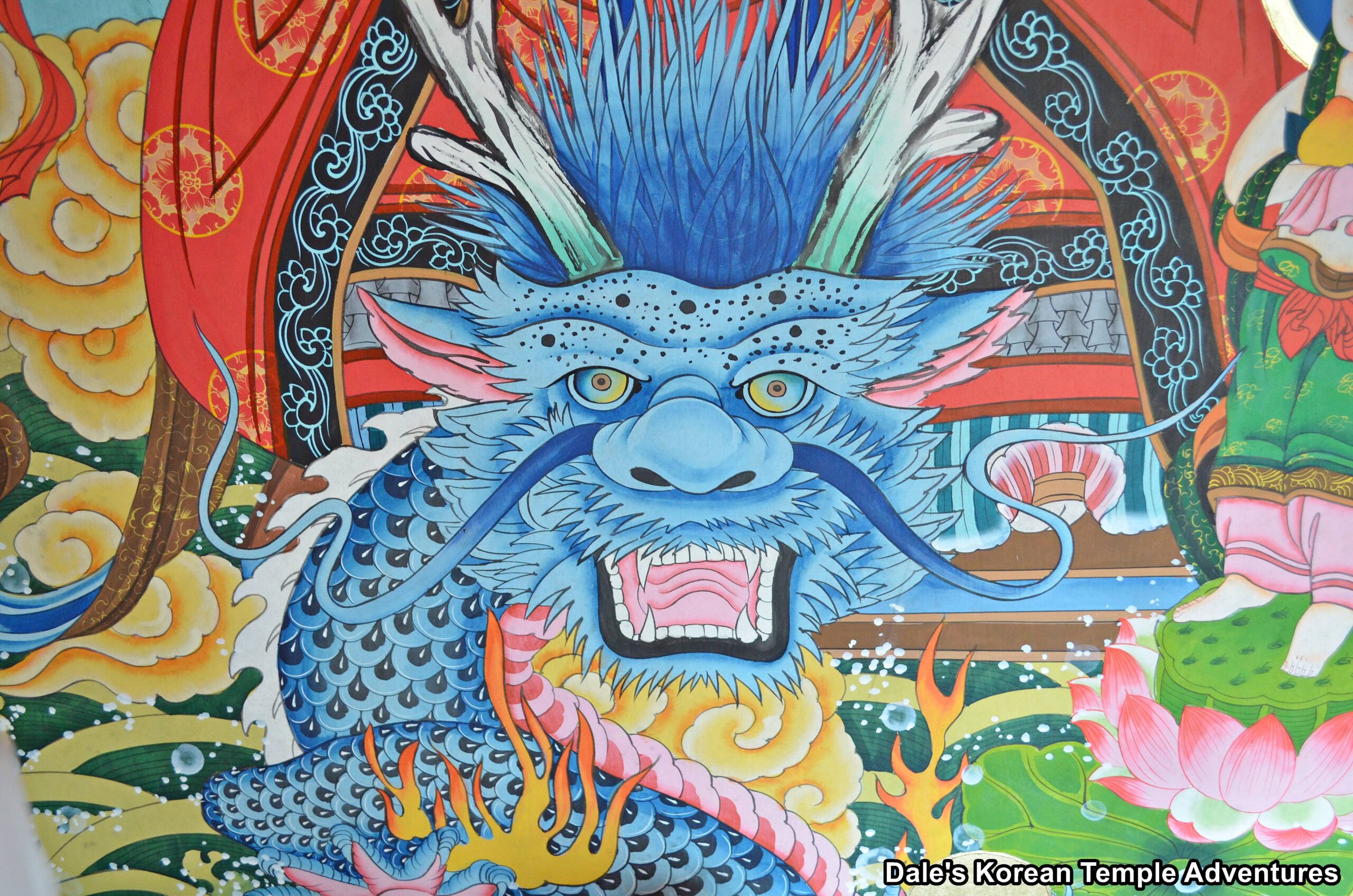Seondosa Temple – 선도사 (Gyeongju)
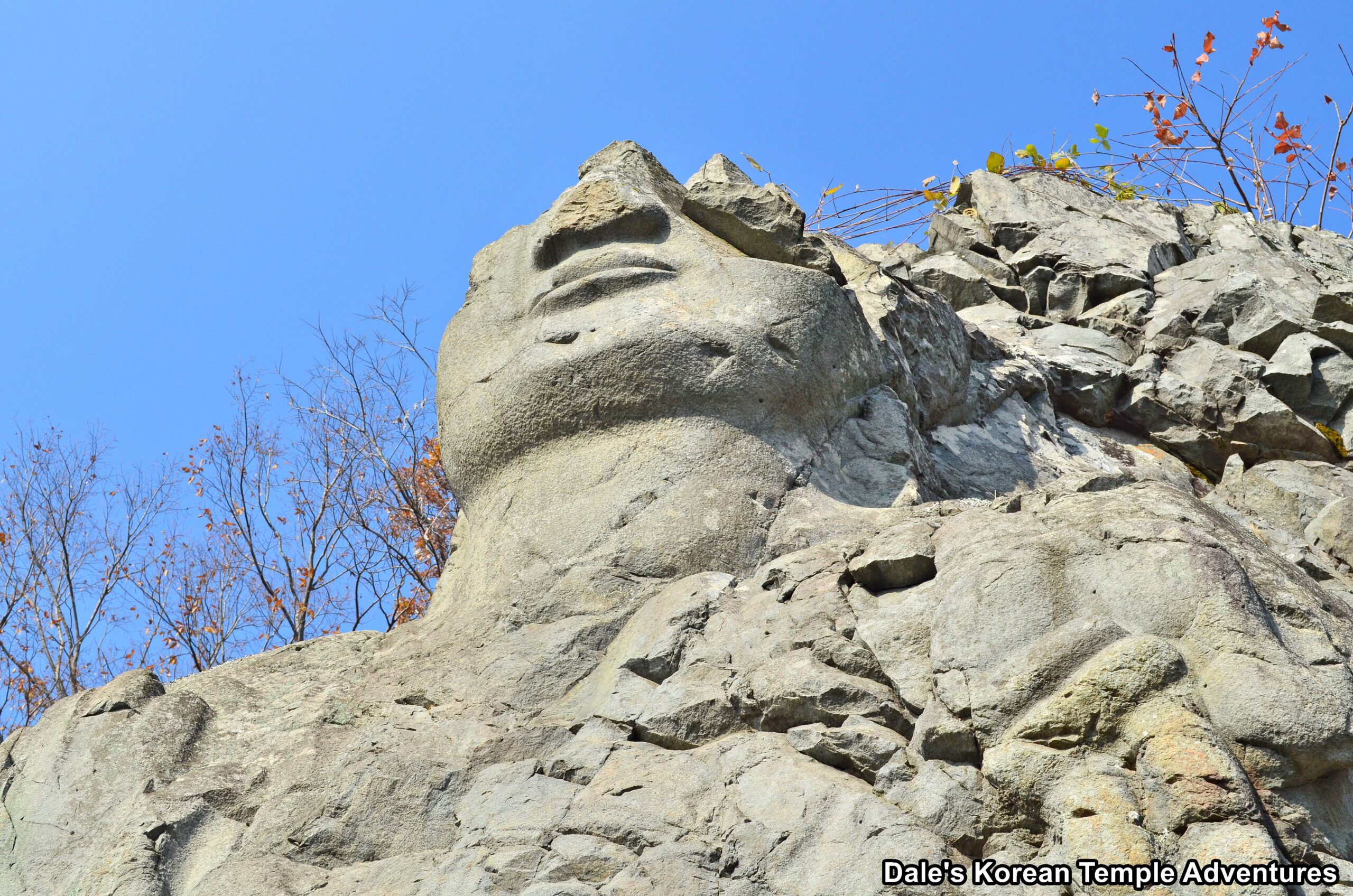
Temple History
Seondosa Temple is located in the south-western portion of Gyeongju on Mt. Seondosan (380.6 m). The mountain was regarded as the Pure Land in Korean Buddhism during the Silla Dynasty (57 B.C. – 935 A.D.). Sadly, the mountain has been negatively impacted by forest fires in the not too distant past, which is made plain by the charred landscape. And near the peak of Mt. Seondosan is the diminutive Seondosa Temple. Near the base of the mountain, you’ll find the Royal Tomb of King Jinheung of Silla, which is Historic Site #177; the Royal Tomb of King Beopheung of Silla, which is Historic Site #176; as well as the Stele of King Muyeol, which is National Treasure #25.
As for the diminutive Seondosa Temple, it’s home to the Rock-Carved Standing Buddha Triad in Seoak-dong, which is Korean Treasure #62.
Temple Layout
Because I approached Seondosa Temple from the southeast side of Mt. Seondosa Temple, you’ll pass by the Royal Tomb of King Jinheung of Silla (r. 540 – 576 A.D.). King Jinheung of Silla was the twenty-fourth king to reign over the Silla Kingdom. King Jinheung was a strong advocate of Buddhism, which he felt would help strengthen and unify the nation. He also founded the famed Hwarang in 576 A.D., who were an elite group of youthful male warriors. King Jinheung also annexed the neighbouring Gaya Confederacy (42 – 562 A.D.). The annexing of the Gaya Confederacy helped expand the Silla lands. The tomb for King Jinheung measures some twenty metres in diametre, and it’s 5.8 metres tall. The tomb is located in a peaceful clearing among mature red pines.
It’s past the Royal Tomb of King Jinheung of Silla that you’ll find a trailhead leading up to Seondosa Temple. Along the way, you’ll pass by the nearly apocalyptic landscape. Continuing up the side-winding trail, you’ll eventually come to the outskirts of the temple grounds. Past the monks’ dorms, you’ll enter into the main temple courtyard at Seondosa Temple.
Straight ahead of you is the diminutive main hall, which matches the overall size of the entire temple grounds. Unfortunately, the main hall was locked when I visited. However, it’s to the left of the main hall that’s the true highlight to Seondosa Temple.
To the left of the main hall is the previously mentioned Rock-Carved Standing Buddha Triad in Seoak-dong. The surrealistic Korean Treasure is believed to have first been carved some time in the 7th century, during the transition from the Three Kingdoms of Korea to that of the Unified Silla Kingdom (668 – 935 A.D.). The rock carving is comprised of a triad of standing images. The central image, and the largest of the three, standing at seven metres in height, is Amita-bul (The Buddha of the Western Paradise). This central figure is highly disfigured. The face of Amita-bul has been split on either side (either purposely or the result of natural wear over time), and is now shaped like an inverted “V.” Amita-bul’s entire body is well worn and almost indistinguishable in parts and is joined to the left by a crowned Gwanseeum-bosal (The Bodhisattva of Compassion). Similar to Amita-bul, Gwanseeum-bosal is damaged on its left side. To the right stands Daesaeji-bosal (The Power and Wisdom of Amita-bul) which, of the three statues, is the least damaged.
To the rear of both the main hall and the Rock-Carved Standing Buddha Triad in Seoak-dong, and up the embankment, is the temple’s Samseong-gak Hall. The Samseong-gak Hall looks like a storage shed with its simplistic white, metal exterior. However, housed inside this shaman shrine hall, you’ll find highly original murals dedicated to Sanshin (The Mountain Spirit), Yongwang (The Dragon King), and Chilseong (The Seven Stars). The collection of shaman deities look more like animation characters than they do painted images of veneration. Either way, though, they are quite beautiful in their originality.
How To Get There
From the Gyeongju Intercity Bus Terminal, you’ll need to catch a taxi to the southeast side of Mt. Seondosan. The taxi will cost you around 5,000 won (one way) with the ride lasting around ten minutes. From where the taxi drops you off, you should be able to see the trailhead markers near the Royal Tomb of King Jinheung of Silla leading you up towards Seondosa Temple.
Overall Rating: 7/10
Without a doubt, the main highlight to Seondosa Temple is the disfigured images of the Rock-Carved Standing Buddha Triad in Seoak-dong. They’re surrealistic in their now disfigured form. However, their original beauty shines through all of their destruction. In addition to this Korean masterpiece, you can enjoy the three unique murals dedicated to Sanshin, Chilseong, and Dokseong inside the Samseong-gak Hall. And if you’re really adventurous, you can enjoy the royal artifacts and tombs surrounding the base of Mt. Seondosa Temple, as well.
